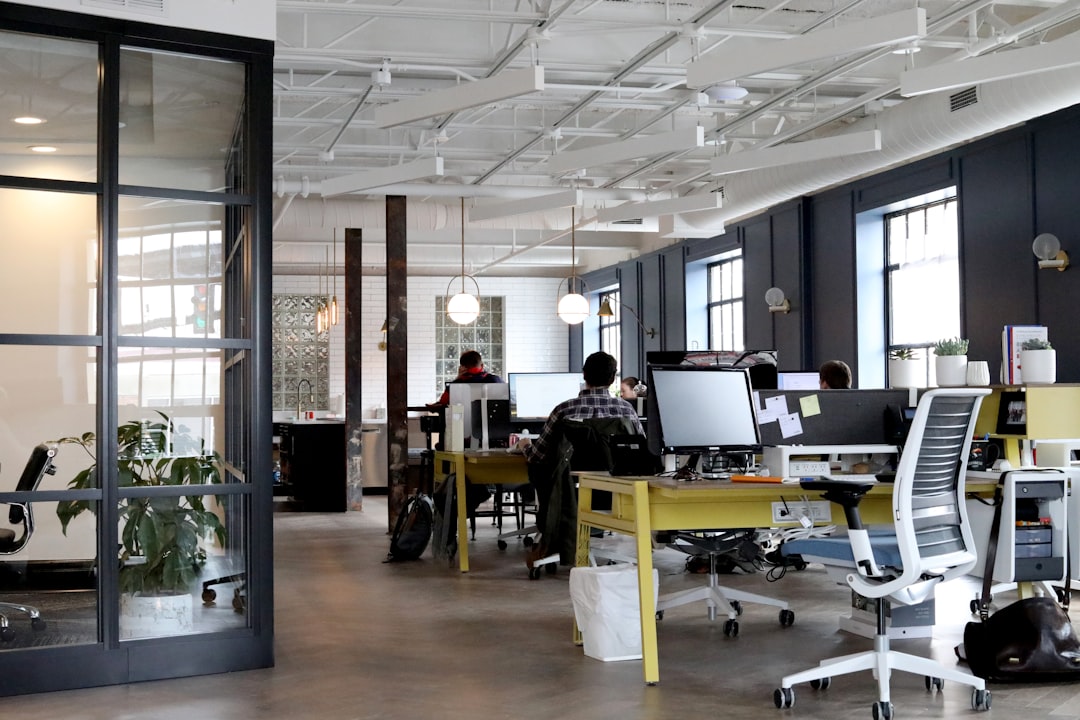How to Create a Beautifully Lit Home Study
When you’re working from home, it’s essential to cultivate the right mood for getting work done. Sometimes it’s hard to make the separation between the workspace and the home space, and that can mean a struggle for motivation...

When you’re working from home, it’s essential to cultivate the right mood for getting work done.
Sometimes it’s hard to make the separation between the workspace and the home space,
and that can mean a struggle for motivation. Aside from setting up your office to feel like a working environment regarding furniture and layout, lighting can play a huge role in how your home study feels. Get it wrong and harsh, uninviting lighting will make a home study somewhere you want to avoid. Get it right, and it can make the world of difference.
Plan Your Lighting
You never know how good or bad your lighting setup is until you get in position and see what it’s really like under working conditions. But, ideally, you should avoid lighting directly behind your working area. Lighting that comes from behind creates significant shadows and, if it’s a directed light, this could increase the amount of glare on your monitor. Instead, aim to position lighting so that it covers your home study area, creating a uniform, pleasant environment.
You may also want to consider softer tones of light by choosing a bulb that provides a warm light, rather than something that’s too harsh for working under on a daily basis.
Avoid Direct Lighting
Anyone who has ever worked in an office environment knows that severe overhead lighting isn’t just oppressive, it can cause headaches and have a real impact on productivity. Instead, focus on indirect light from good-quality lamps, as this will diffuse light around the room and make for a warmer, less intense working atmosphere. The ideal approach is to create a uniform, warm lighting scheme for your working space, eschewing direct lighting for a softer approach.
But that doesn’t mean you have to avoid using overhead lights but ensure that they have a lampshade that directs light upwards and outwards rather than straight down.
Photo by Rémi Bertogliati / Unsplash
Have a Dedicated Work Light Source
One of the main issues for many people who spend hours every day using a computer for work is eye strain. And the prime cause of eye strain is inadequate lighting.
But this problem is easy to avoid if you have a dedicated work light either on or next to your desk. This isn’t to say that the light should point directly at your monitor, but rather that it should provide strong – but diffused – light to the working area. Overdo it, and you’ll find eyestrain is just as much an issue as it was before. A good table lamp with a quality bulb will provide localised illumination without putting harsh, eye- killing glare on your monitor.



